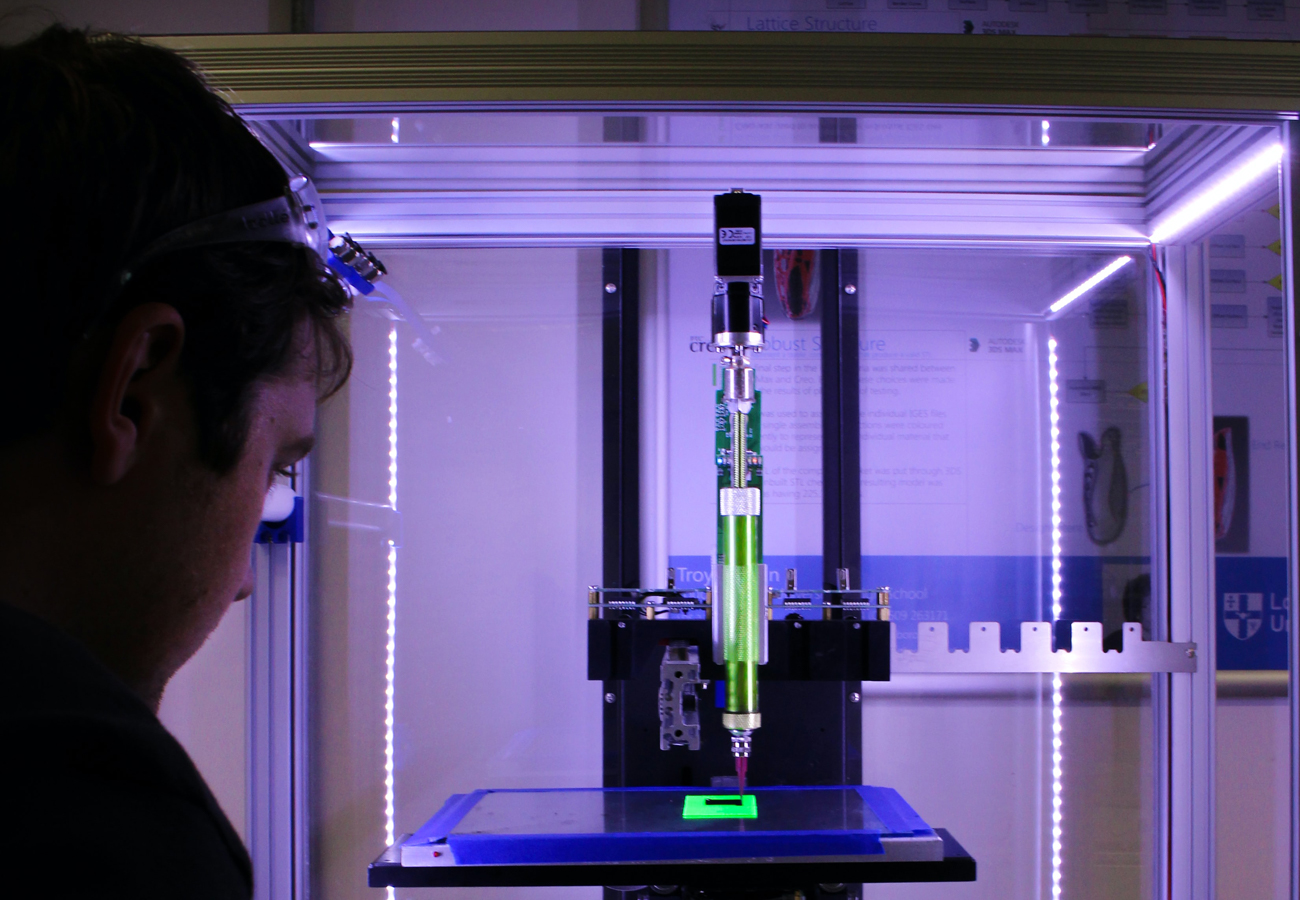
Limiting nano exposure at the workplace
Technical control of nanoparticle emissions from desktop 3D printing
by Anna-Kaisa Viitanen, Kimmo Kallonen, Kirsi Kukko, Tomi Kanerva, Erkka Saukko, Tareq Hussein, Kaarle Hämeri and Arto Säämänen
Article related to the NIVA online coure on Nanoparticles at Workplaces, 26th – 28th of October 2021
Abstract
Material extrusion (ME) desktop 3D printing is known to strongly emit nanoparticles (NP), and the need for risk management has been recognized widely.
Four different engineering control measures were studied in real-life office conditions by means of online NP measurements and indoor aerosol modeling. The studied engineering control measures were general ventilation, local exhaust ventilation (LEV), retrofitted enclosure, and retrofitted enclosure with LEV. Efficiency between different control measures was compared based on particle number and surface area (SA) concentrations from which SA concentration was found to be more reliable.
The study found out that for regular or long-time use of ME desktop 3D printers, the general ventilation is not sufficient control measure for NP emissions. Also, the LEV with canopy hood attached above the 3D printer did not control the emission remarkably and successful position of the hood in relation to the nozzle was found challenging. Retrofitted enclosure attached to the LEV reduced the NP emissions 96% based on SA concentration. Retrofitted enclosure is nearly as efficient as enclosure attached to the LEV (reduction of 89% based on SA concentration) but may be considered more practical solution than enclosure with LEV.
